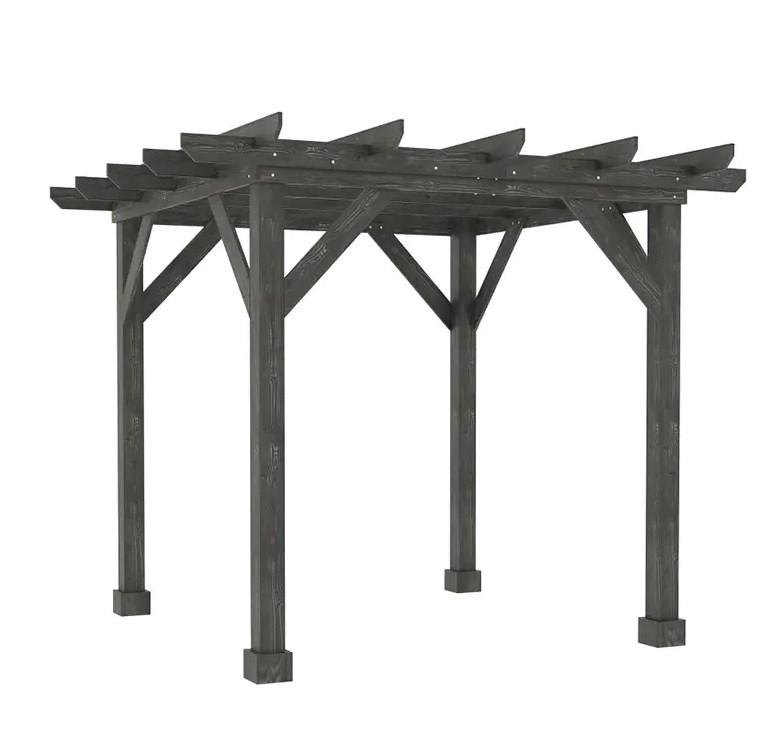The custom wooden gazebo, a cherished addition to many outdoor spaces, is often celebrated for its natural beauty and the warmth it brings to a garden or backyard. As environmental consciousness grows, the question of whether the timber used in these structures is sourced sustainably has become increasingly important. The desire for eco-friendly practices extends to every aspect of construction, including the materials used for custom wooden gazebos.
Sustainability in the context of custom wooden gazebos refers to the responsible management of forest resources to ensure that the wood used does not contribute to deforestation or habitat destruction. This involves a commitment to using wood that has been harvested from well-managed forests, where trees are replanted or allowed to regenerate naturally after logging. The use of reclaimed or recycled wood is also a sustainable option, reducing the demand for new timber and the environmental impact associated with new construction.
When considering the environmental impact of a custom wooden gazebo, it's essential to look at the certification of the wood used. Certifications such as the Forest Stewardship Council (FSC) or Programme for the Endorsement of Forest Certification (PEFC) indicate that the wood has been sourced from responsibly managed forests. These certifications ensure that the timber has been harvested in a way that promotes the health and biodiversity of the forest, as well as the social and economic well-being of the communities that depend on it.
Moreover, the manufacturing process of a custom wooden gazebo should also be scrutinized for its environmental footprint. The use of low-impact, non-toxic finishes, and adhesives can reduce the overall environmental impact of the structure. Additionally, the energy efficiency of the production process, such as the use of renewable energy sources, can further contribute to the eco-friendliness of the custom wooden gazebo.
The longevity of a custom wooden gazebo is another factor that contributes to its environmental sustainability. A well-constructed gazebo that is designed to withstand the test of time will have a lower environmental impact over its lifespan compared to a structure that requires frequent repairs or replacement. This longevity is often achieved through the use of high-quality materials and construction techniques that prioritize durability and resistance to weathering.
Furthermore, the design of a custom wooden gazebo can also reflect eco-friendly principles. Incorporating features such as green roofs or living walls can enhance the structure's environmental performance by providing insulation, reducing stormwater runoff, and creating habitats for local wildlife. These elements not only contribute to the sustainability of the gazebo but also enhance its aesthetic appeal and functionality.
In conclusion, the environmental impact of a custom wooden gazebo is a multifaceted issue that encompasses the sourcing of timber, the manufacturing process, the design, and the longevity of the structure. By choosing a gazebo that is made from sustainably sourced wood and constructed with eco-friendly practices, homeowners can enjoy the beauty and tranquility of a custom wooden gazebo while also making a positive contribution to the environment. As awareness of the importance of sustainability grows, it is hoped that more and more custom wooden gazebo manufacturers will prioritize environmentally responsible practices, ensuring that these structures continue to be a cherished part of outdoor living spaces for generations to come.



